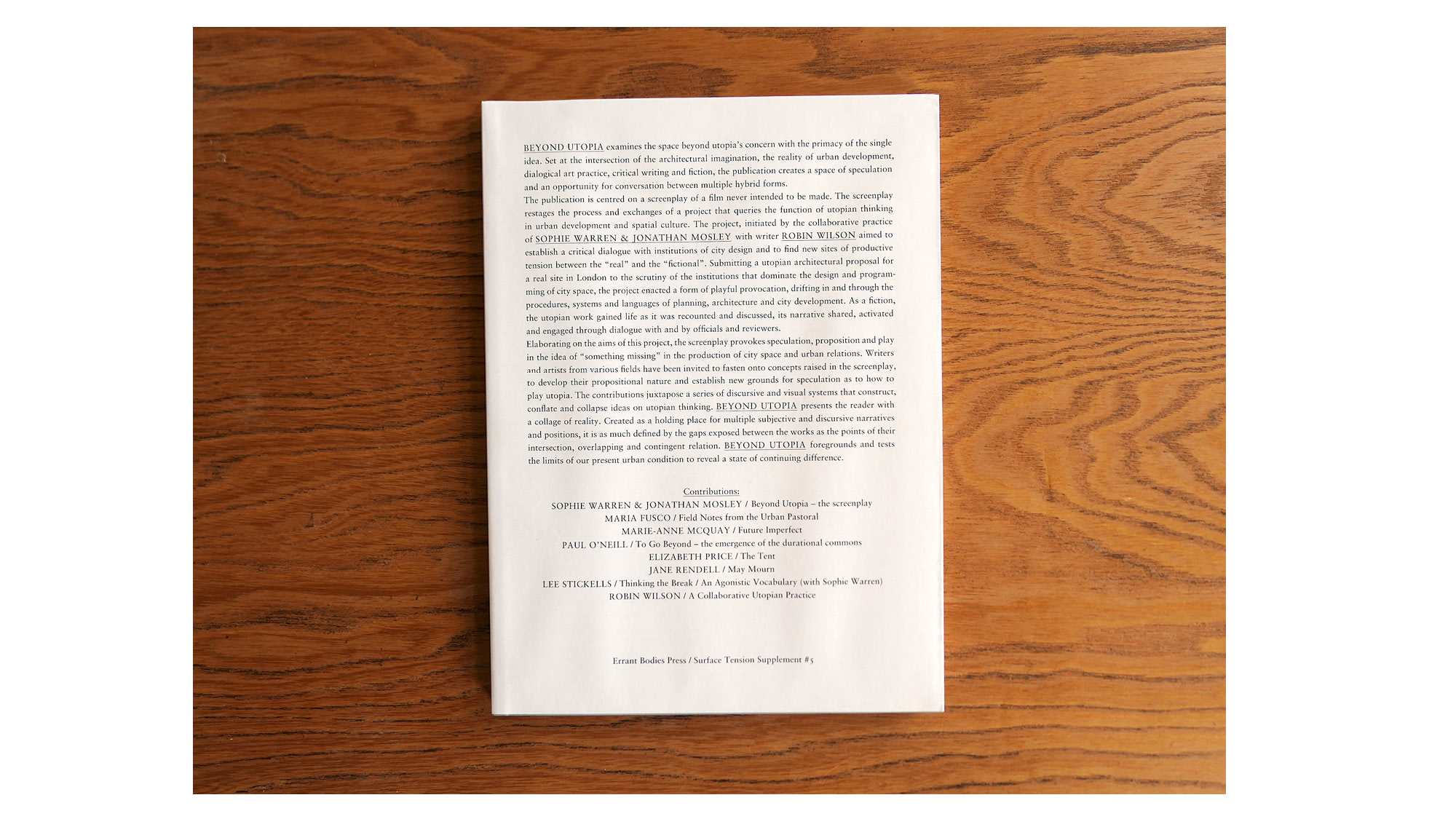
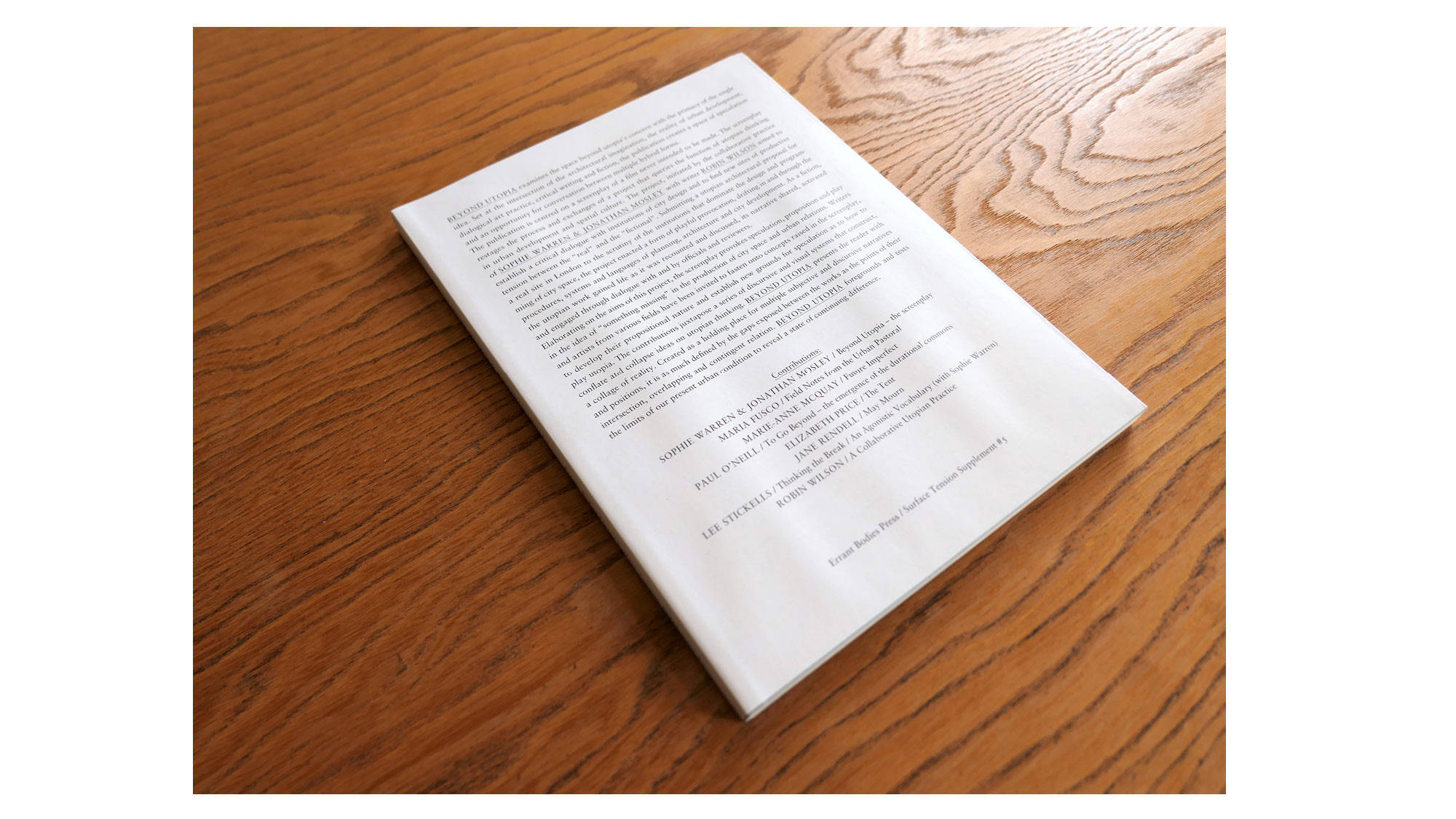

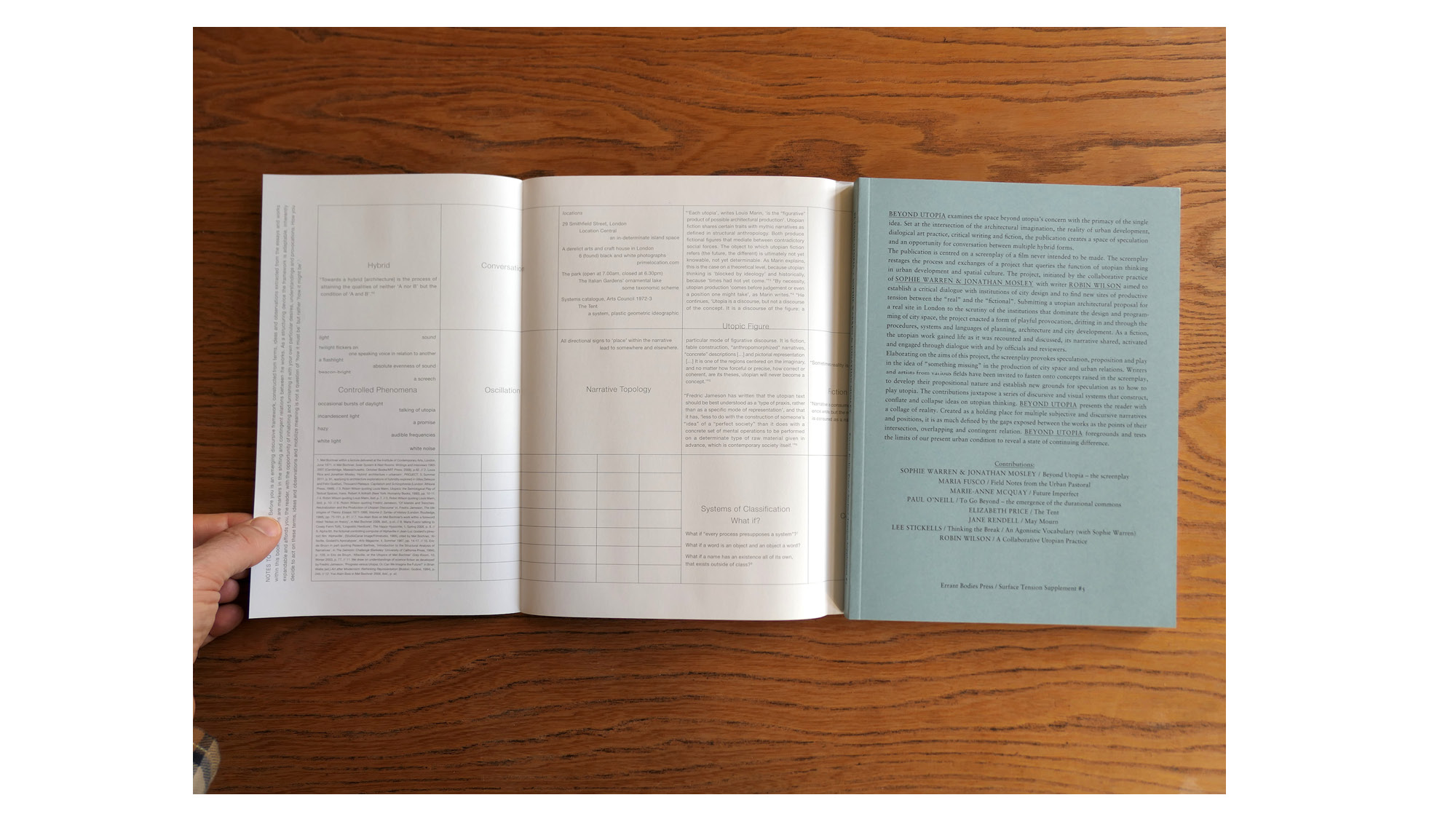
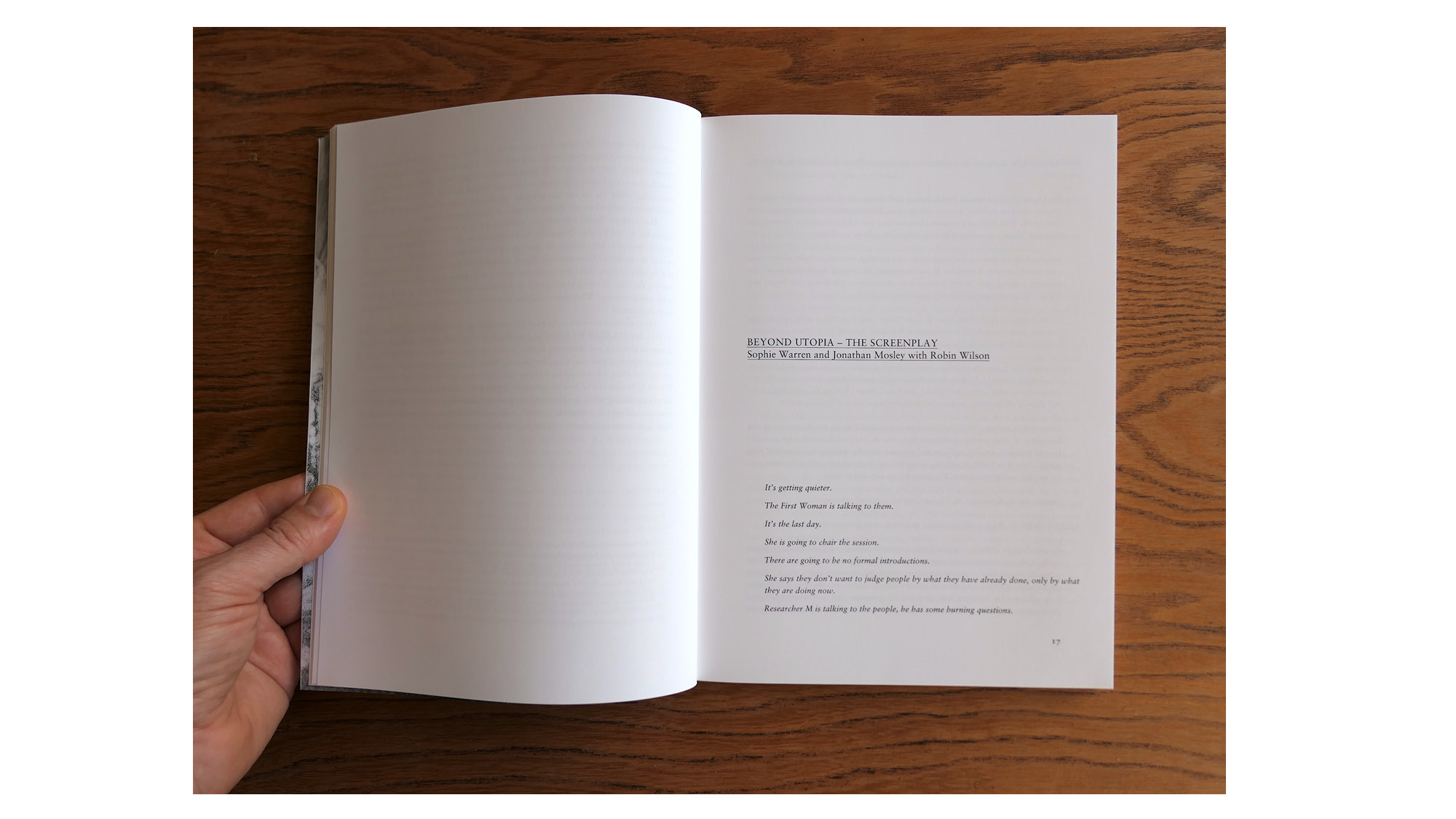
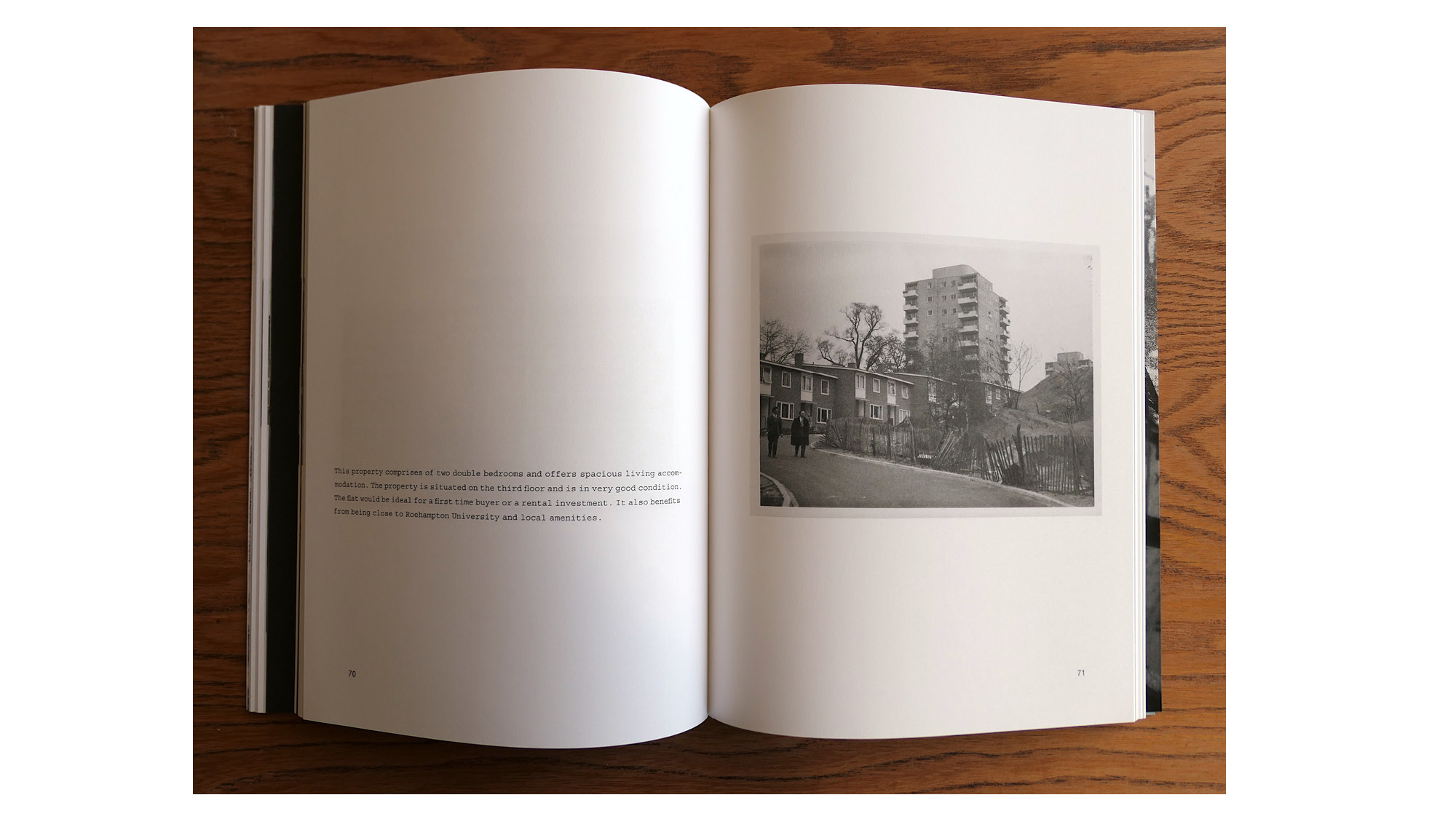
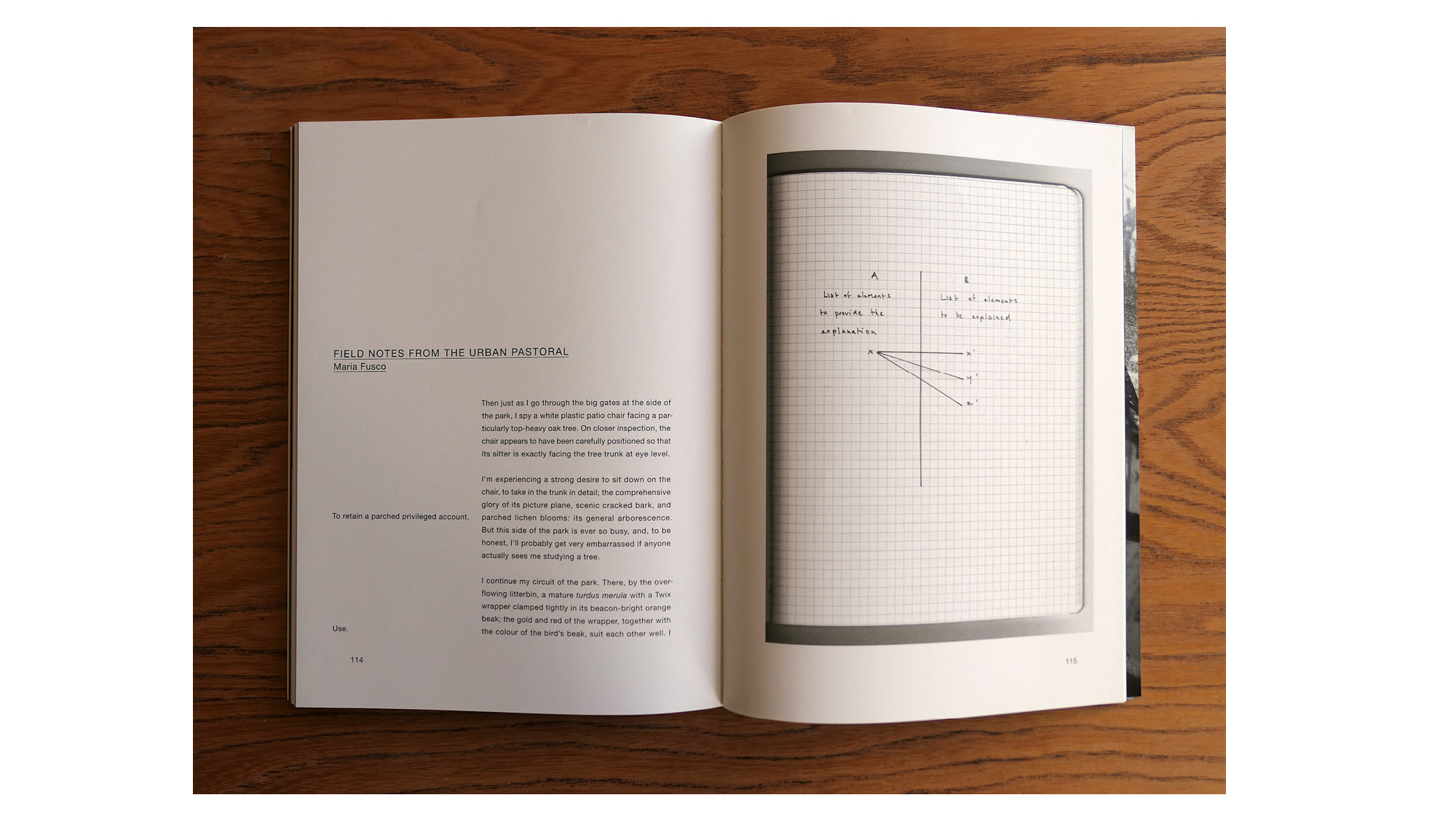
ISBN: 978-0-9827439-3-5
18,5 x 24 cm (softcover)
126 pages (b/w ill.)
Published: 2012
→ les presses du réel (EU)
→ DAP (US)
SOPHIE WARREN is an artist and JONATHAN MOSLEY is an architect. They have a critical spatial practice that employs strategies of play, hybridisation and the construction of imaginary architectures to resist homogeneous perceptions of urban space. Using language, event, still and moving imagery and installation Warren & Mosley construct situations, an informal architecture of possibility, moving between material fact and the fiction of the imagination. The practice infiltrates environments of the multi-use sports hall, the car park, the motorway service station, the construction site and the offices and corridors of the institutions that build our cities.
Their work has been exhibited internationally including the Showroom, London (2010) with Rogue Game an ongoing series of hybrid games in collaboration with Can Altay, Berlin 60th and 58th International Film Festivals (2010 and 2008), Sydney International Architecture Film Festival (2010), Crosstalk Video Festival, Budapest (2010), within Coalesce: Happenstance curated by Paul O’Neill at Smart Project Space, Amsterdam (2009), ITU Gallery, Istanbul (2008), Gymruy International Biennale, Armenia (2004), Centre of Contemporary Art, Glasgow (2003), The Armory Show, New York (2002), Frederike Taylor Gallery, New York (2001) and Gasworks, London (2000). Reviewed in the art and architectural press, the work of the collaboration has also been discussed in Jane Rendell (ed.) Critical Architecture (London: Routledge, 2007) and Brandon LaBelle (ed.) Surface Tension Supplement No.1 (Los Angeles and Berlin: Errant Bodies Press, 2006).